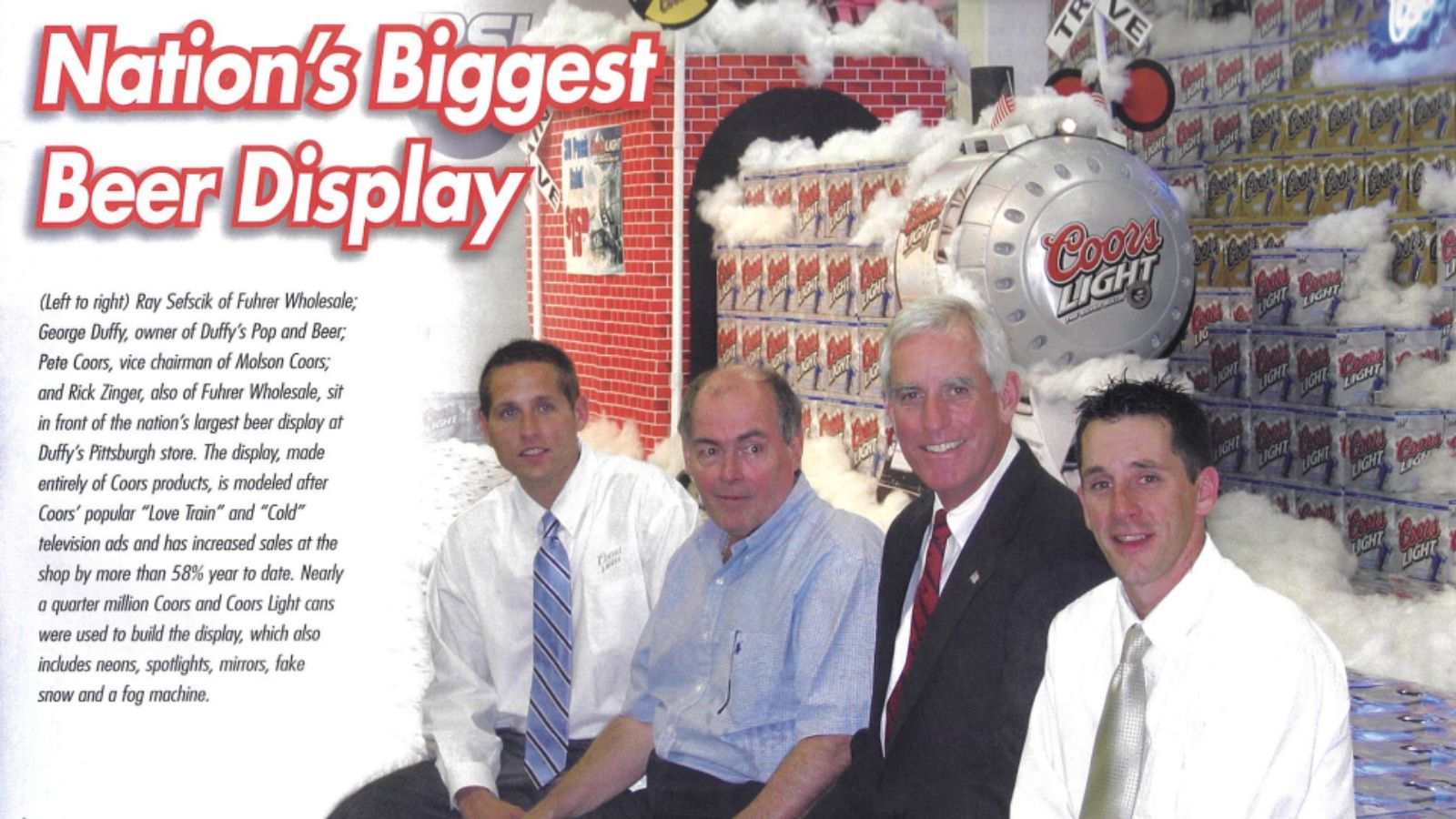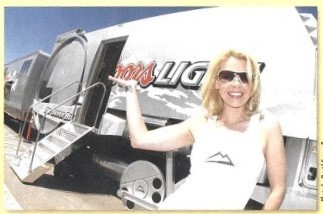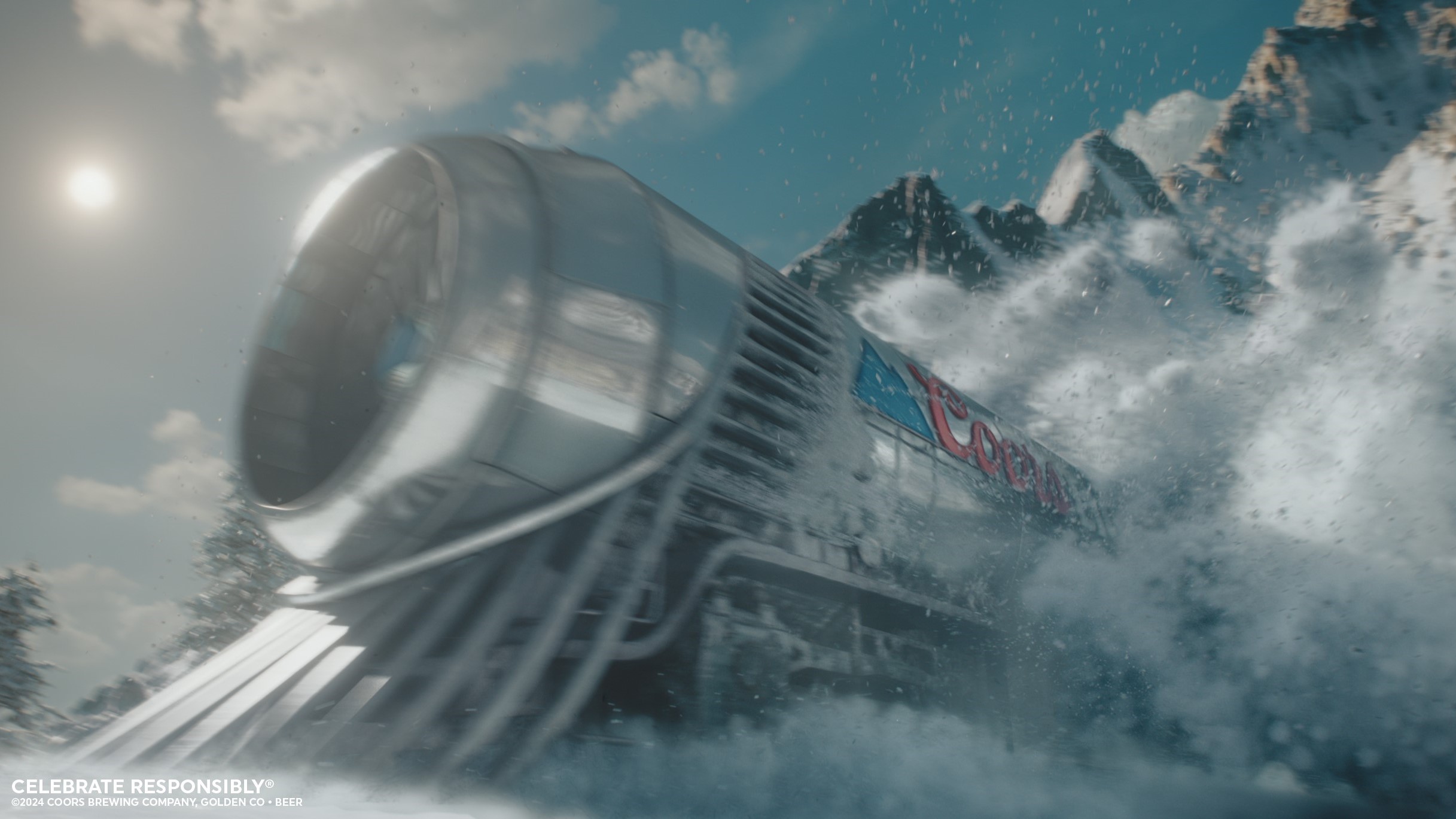After a 12-year freeze, Coors Light’s iconic train is back doing what it does best: bringing chill and ice-cold refreshment wherever it's needed. This week the brand released a star-studded ad, just in time for this weekend’s big game.
It’s a triumphant return for one of the brand’s most well-loved ad campaigns.
“You forget how prominent the train was until you start looking it up,” says Coors archivist Heidi Harris. “It really was an iconic ad for legal-age consumers and also Coors employees.”
The newly renamed Chill Train — née the Silver Bullet Express — has had a surprising history. Here are four things you might not know about the Coors Light train.
The train played by its own rules
From the very beginning, the train didn’t let reality get in the way of its goal, even if that meant traveling far off the tracks. That helps to explain how the train traveled through the middle of a football field, on a busy racetrack, past a downtown construction site and near a red-carpet event.
Regardless of the venue, the train always found a way to transport cool Rocky Mountain air and instantly deliver Coors Light into the hands of legal-age adults.
Over the years, the train even learned to change shape. One popular ad featured a sweltering subway car stuck on a Chicago “L” platform, which transformed into the Coors Light train with the help of one well-placed bottle cap. What was once a crowded and stifling subway car turned into a sports bar, complete with loads of flatscreen TVs and, of course, plenty of cold Coors Light.
The train could also travel through time. A 2006 ad campaign showed the train traveling through memorable football moments of the '60s, '70s, '80s and '90s.
It was a surprise hit
When the train first appeared in 2005, it was only supposed to appear in one commercial. But the response from the public was so overwhelming that it became a regular fixture of Coors Light ads for the next seven years. Even when the train wasn’t the focal point, it often appeared at the end because so many consumers associated it with the brand.

A year after it launched, the train was already so recognizable that it was used as the base of what was considered at the time the nation’s largest beer display at Duffy’s Beer in Pittsburgh. According to the Silver Bulletin, a newsletter for Coors’ employees, “nearly a quarter million Coors and Coors Light cans were used to build the display.”
The train-shaped display also had neon lights, multiple spotlights, mirrors, fake snow and a fog machine. To celebrate, Pete Coors, then vice chairman of Molson Coors, flew out to the Pennsylvania store to have his picture taken next to the display with the store owner and local beer distributors.

The train continued to make real-life appearances over the next seven years, showing up at a 2006 distributor convention and the New York City Marathon.
It was a one-of-a-kind design
Though inspired by the trains that transported beer from Coors’ Golden, Colo., home at the base of the Rocky Mountains, the train wasn’t based on any existing design.
“Instead, they leaned into the sleek and silver-colored packaging of Coors Light cans,” says Harris.
She adds that Coors Light’s slogan at the time was “the world’s most refreshing beer,” so they did all they could to reinforce that with the train’s appearance.
“It’s clear that they made up the train for the commercials to look cool,” she says.
The ad campaign still managed to appeal to train enthusiasts, who enjoyed seeing a locomotive in the spotlight. The Colorado Railroad Museum even posted a video last year celebrating the success of the Coors Light train campaign.
The train brought more than beer
Along with delivering Coors Light to legal drinking-age adults, the train made sure to bring good vibes. Having a great song to go with it helped, and “Love Train” by The O’Jays, was its soundtrack from the start.
Wherever the train went, a chill atmosphere followed, allowing people to relax in the face of everyday situations.
According to Harris, this is one of the main reasons why the train has managed to connect with consumers for so long.
“The train definitely leaned into the fun side of the beer industry,” says Harris. “And it wasn’t trying to be funny. Instead, everyone was hot and wanted a cold beer. Then this train from the Rocky Mountains showed up to cool everyone down.”

